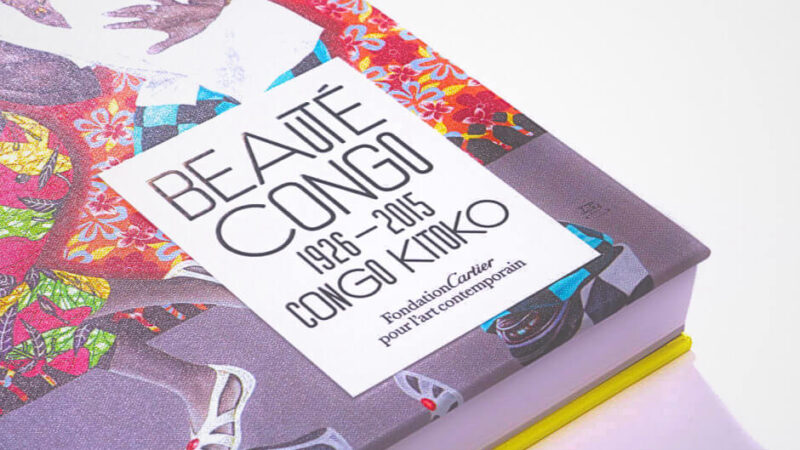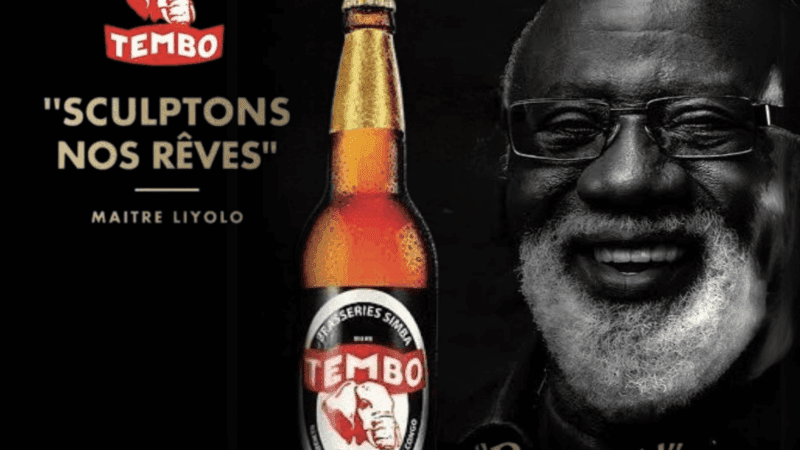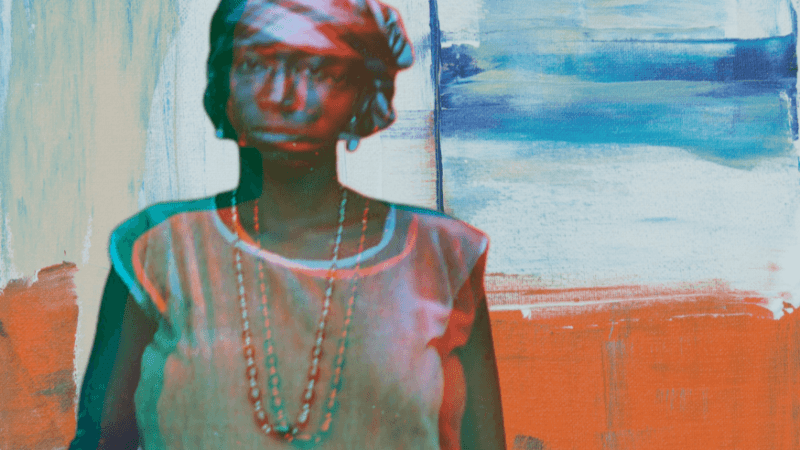The Hangover of a Triumph: Inside the Kinshasa Art Scene, 10 Years After “Beauté Congo”
An exhibition celebrating Congolese art where Congolese people owned basically none of it. A market boom that left local artists poorer than before. Master painters who no longer touch a brush. Galleries where most of the paintings are Pinterest copies. Welcome to Kinshasa’s art world a decade after “Beauté Congo”—where success became the architect of failure, where being discovered by the West meant losing yourself, and where the cure turned out to be worse than the disease. This is what cultural extraction looks like in the 21st century: not with colonial officers and forced labor, but with champagne openings, international acclaim, and prices so inflated that an entire community can no longer afford its own culture.



